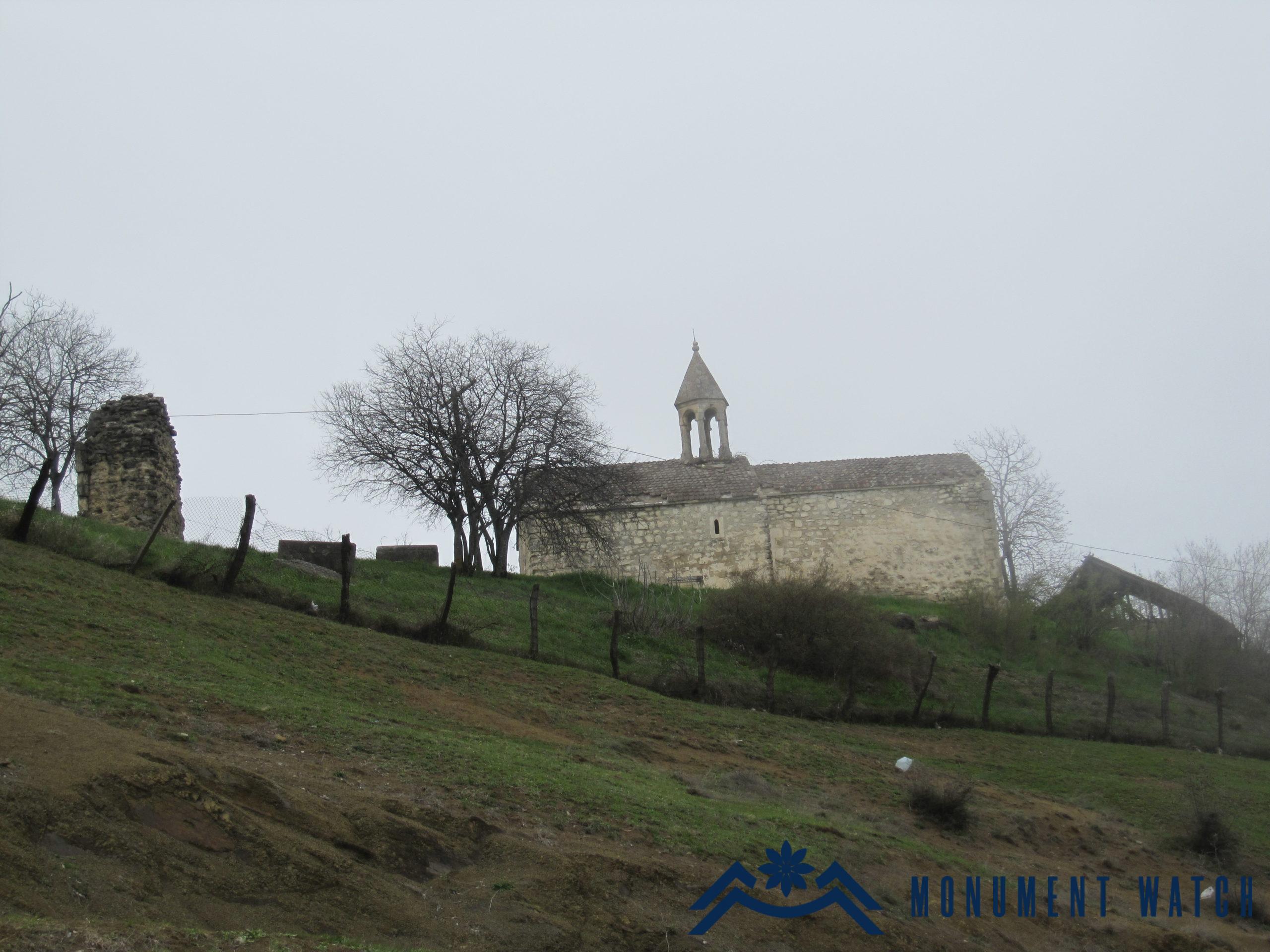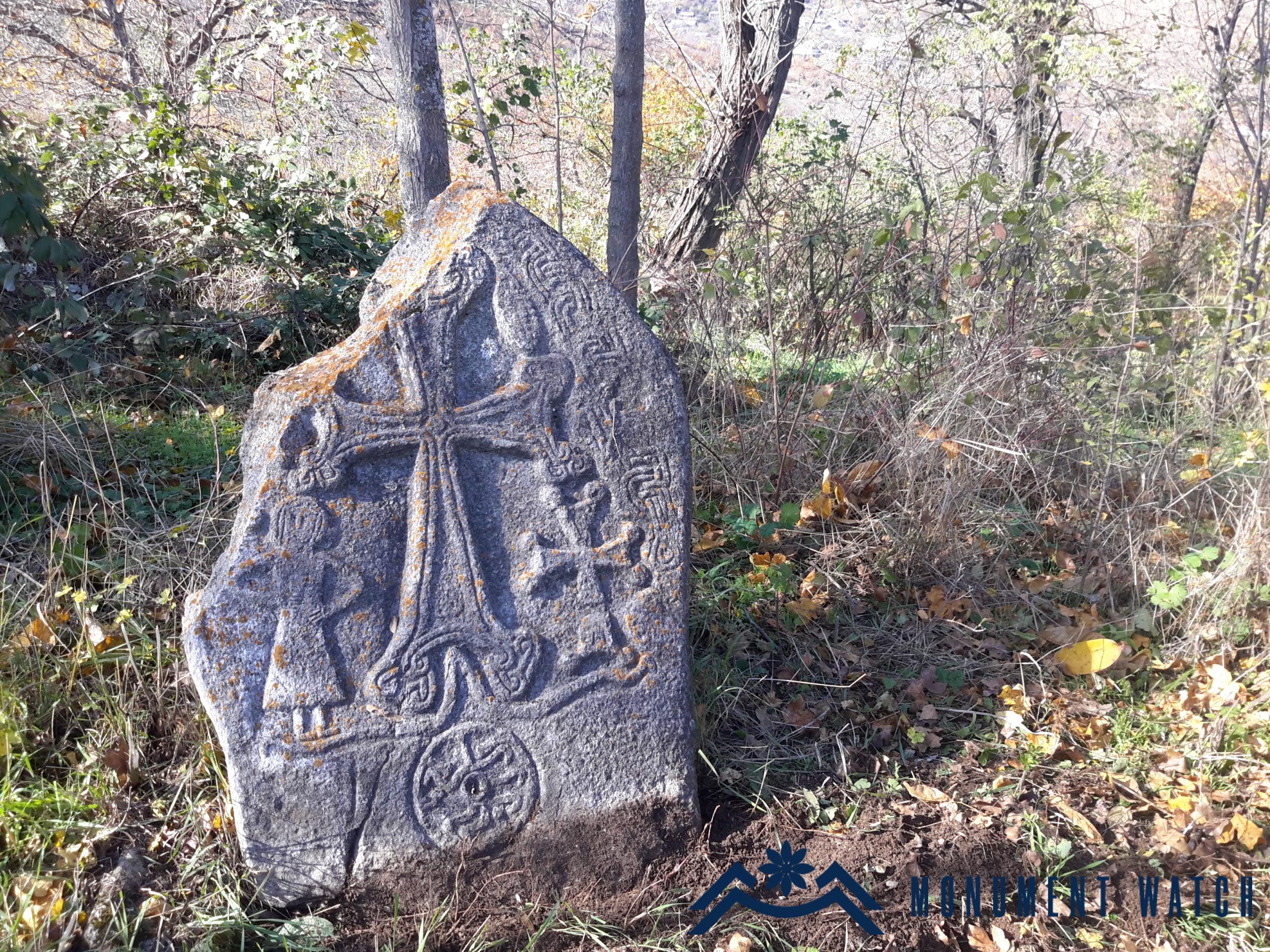Spitak Khach (White Cross) Monastery
Location
Spitak Khach Monastery is located on a hill in the village of Vank, directly northwest of Hadrut city in the Artsakh Republic.
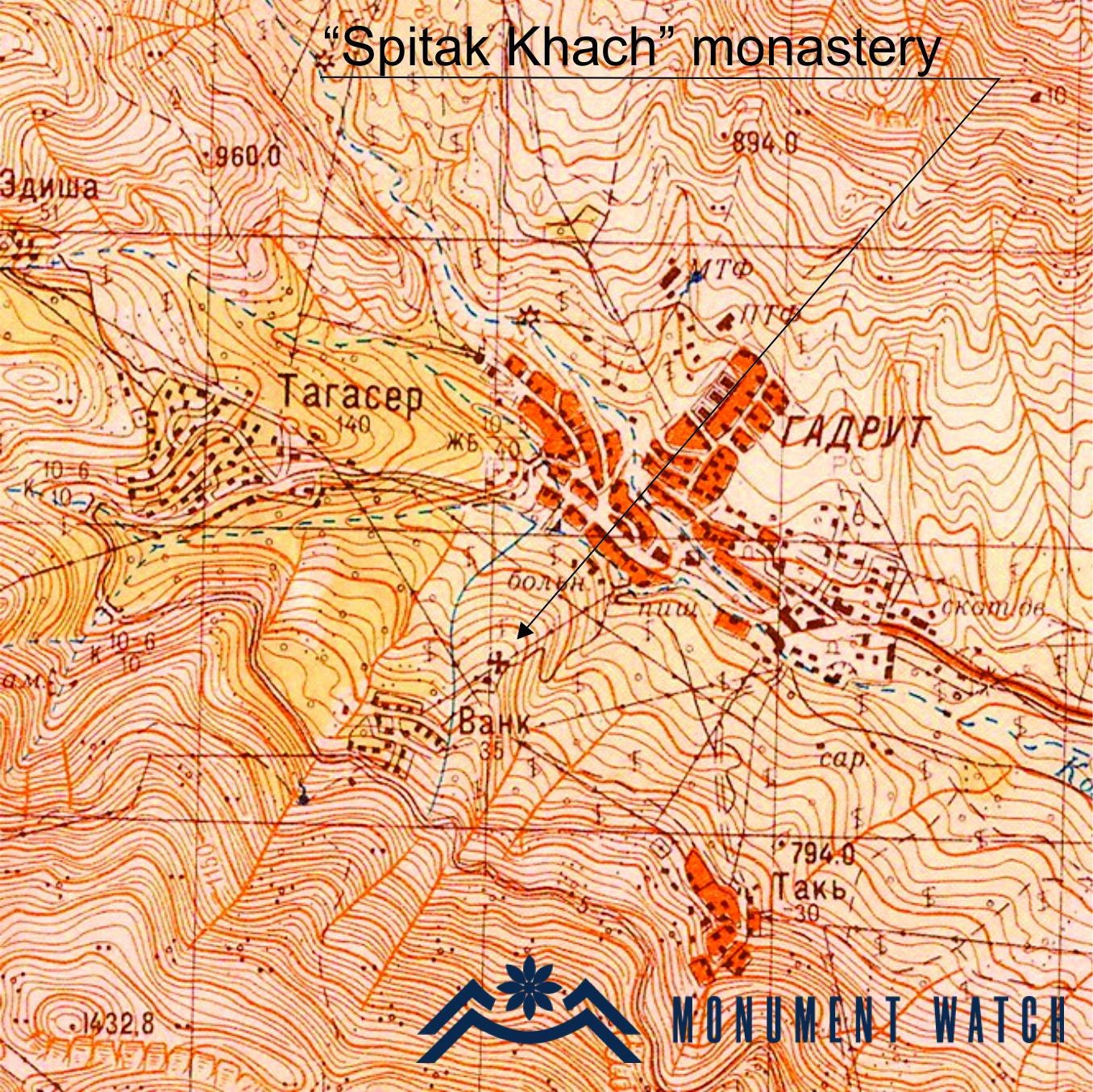
History
The name of Spitak Khach monastery is related to a legend, according to which after the martyrdom of St. Gregoris, his patriarchal staff and the pectoral crystal cross were originally kept in Amaras, where his remains were buried. After the desolation of Amaras, these relics were moved to Gtchavank, and the crystal white cross to the monastery near Hadrut, from which it gained its name of Spitak Khach (White Cross).
Sargis Jalalyants, who visited here in the middle of the 19th century, writes in his travel notes that the cross “was visited by numerous pilgrims to sacrifice rams and calves. ․․․In honor of this cross, a church was built here, it was turned into an episcopal see and an independent diocese was allocated. Here I saw the kontakions of four catholicoses for the establishment of this see, namely Hovhan, Yesayi, Nerses and Simeon, [which were given] to the descendants of priest Srapion, who from the generation to generation were and are now the overseers of this church and cross. The elders tell that due to carelessness, it happened that the handkerchiefs with which the cross was kept wrapped were burned, with which also the cross, but the cross was not damaged in any way, only a small crack appeared inside, after which the cross was silver-plated and carefully kept (Jalalyants 1858, 263).
The exact date of the foundation of the monastery is not known, the oldest of the preserved inscriptions, engraved inside the church, under the khachkar of the northern arch, is dated to 1333: “I – Sirok, erected this cross for my father Khutlap in the year of 1333” (Barkhutaryants 1895, 68).
Further inscriptions testify to the renovations of the church.
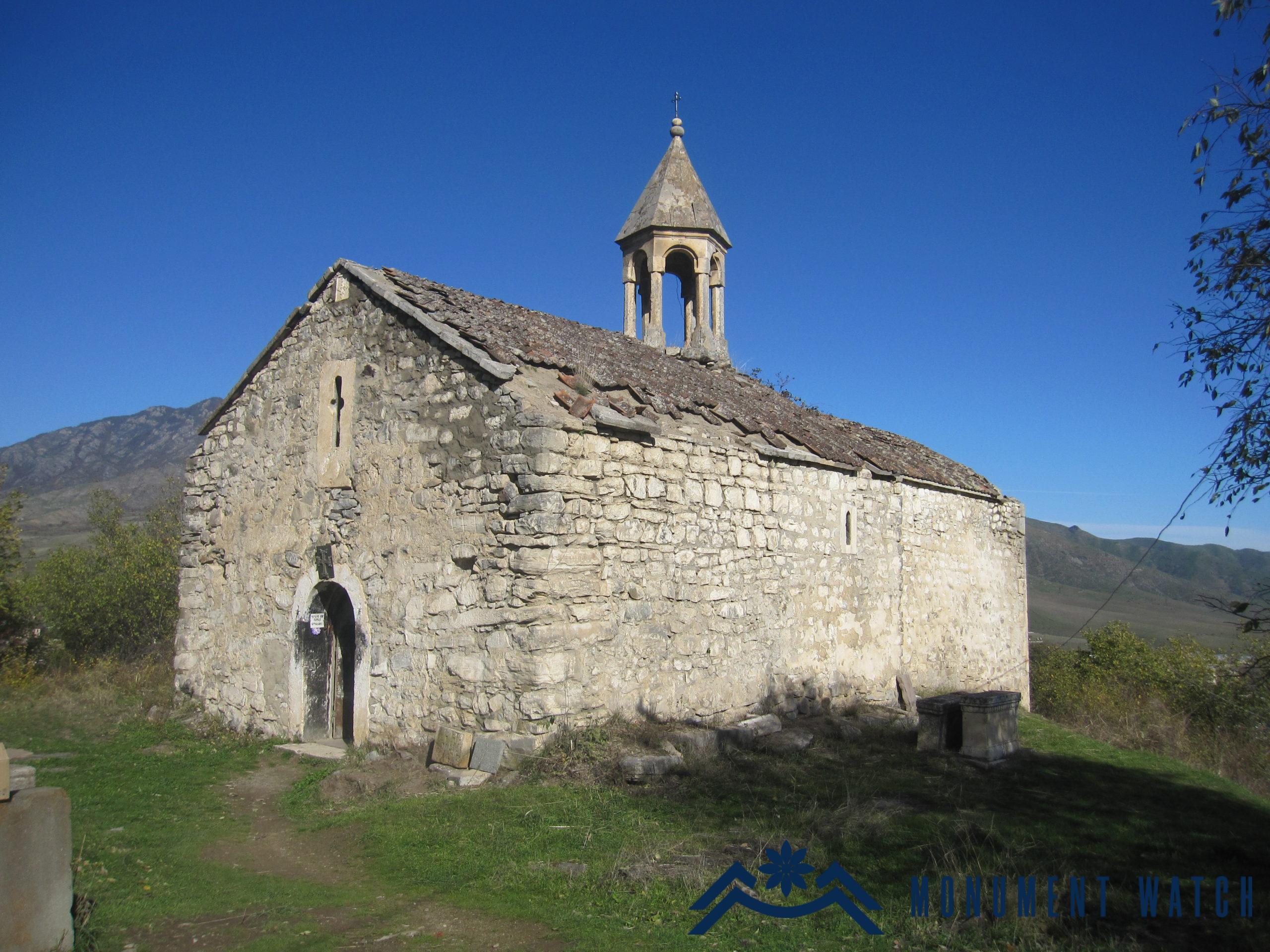
Fig. 1. Spitak Khach monastery from the south-west, 2015, photo by G. Budaghyan.
Architecture and decoration
Spitak Khach monastery consists of a church, a nartex (total dimensions: 15.75x7.10 m), a hospice, rock-cut cells, a cemetery and a khachkar embedded in the wall.
The church (Fig. 1) is a single-nave vaulted hall, which is joined from the west by a rectangular nartex. At that, there is no dividing wall between the nartex and the church, which gives grounds to assure that they were built together. The only entrance opens from the west. The two small windows open on the western and northern sides. An inscription is also preserved on the one-piece stone of the western window: “Lord God Jesus Christ.. Vrdanes T. 1694” (Barkhutaryants 1895, 68, Fig. 2).
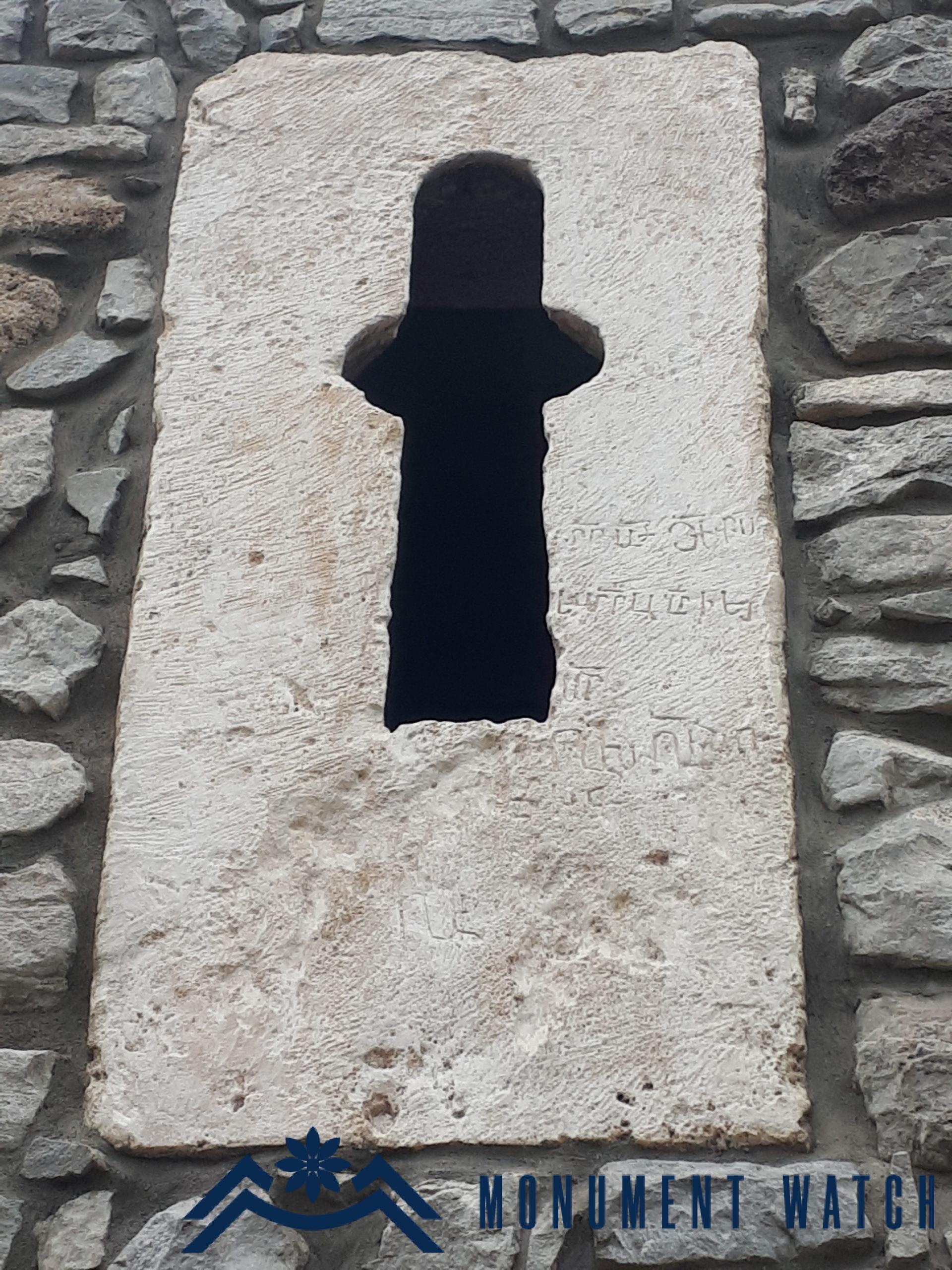
Fig. 2 The inscription engraved on the stone of the western window, 2020, photo by G. Budaghyan.
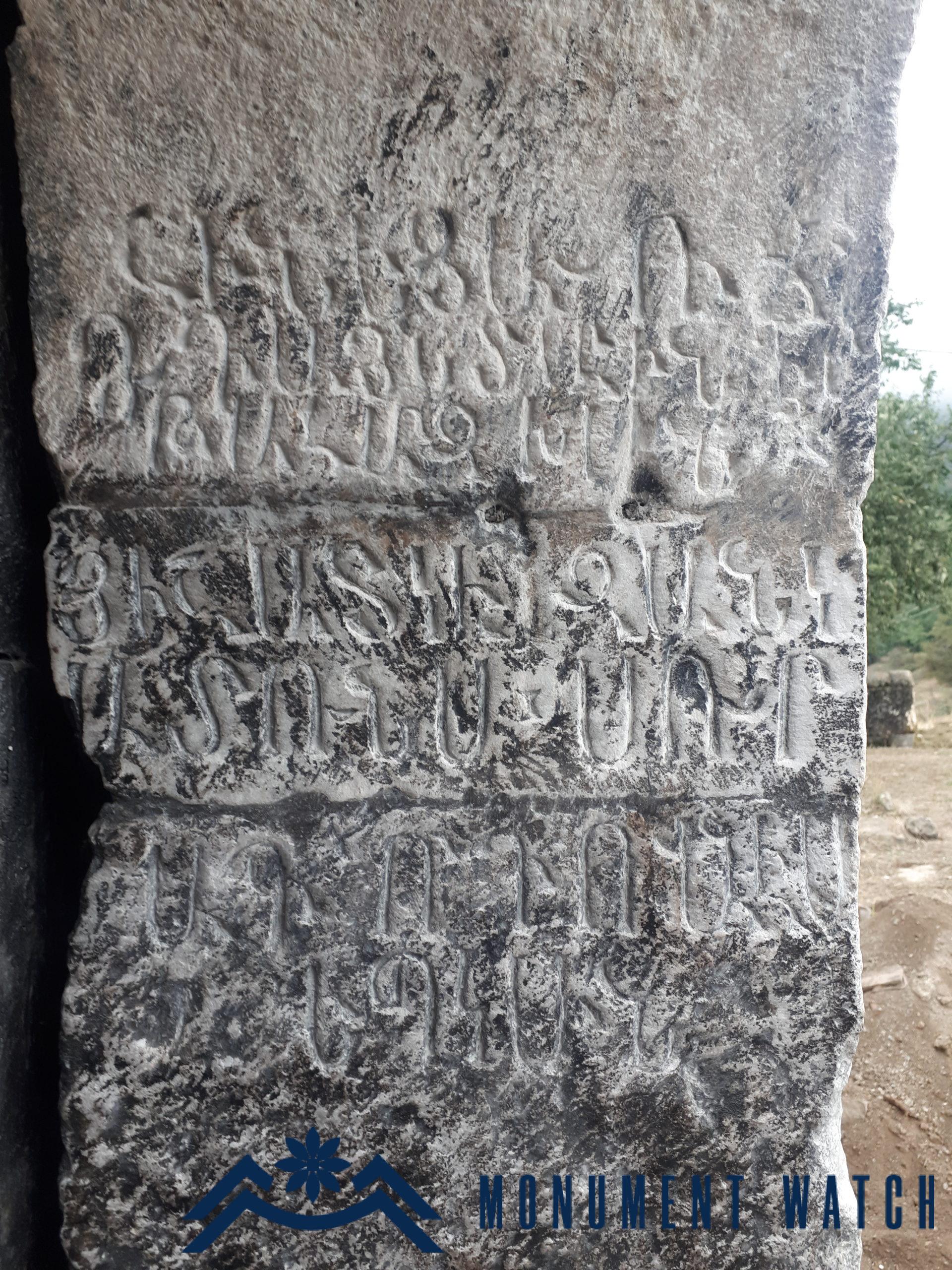
Fig. 3 The inscription of the southern side of the entrance, 2020, photo by G. Budaghyan.
On the roof of the church, in the central part of the prayer hall, there is a tower of belfry (rotunda) on a circular roofing. The rotunda rising on a stone ring has six pillars, a pyramidal roof.
The inscription preserved on the south-facing side of the church entrance reads: “It was built in 1735․ That was the year of Tahmaz Khan”, and its continuation, which is the building inscription of the belfry-rotunda reads: “This belfry is in memory of Bishop Ovanes – son of Surap” (Barkhutaryants 1895, 68), prove that the monastery, or probably only its nartex, was rebuilt in 1735 (Fig. 3).
The hospice is located a few meters south-east of the church. An iscription was preserved on the entrance lintel: “I – Mikrtich, wrote. This hospice in memory of Bishop Ovanes – son of Surap, was built in the year of 1735. That was that year that Tahmaz Khan expelled the Ottomans out of our country” (Fig. 4). And two lines on the southern side of the door read: “In the year of 1776, Archimandrite Petros, a servant of Christ” (CAI 1982, 187, Fig. 5). Next to this, two rock-cut cells have been preserved, which were probably used as a hermitage (Fig. 6).
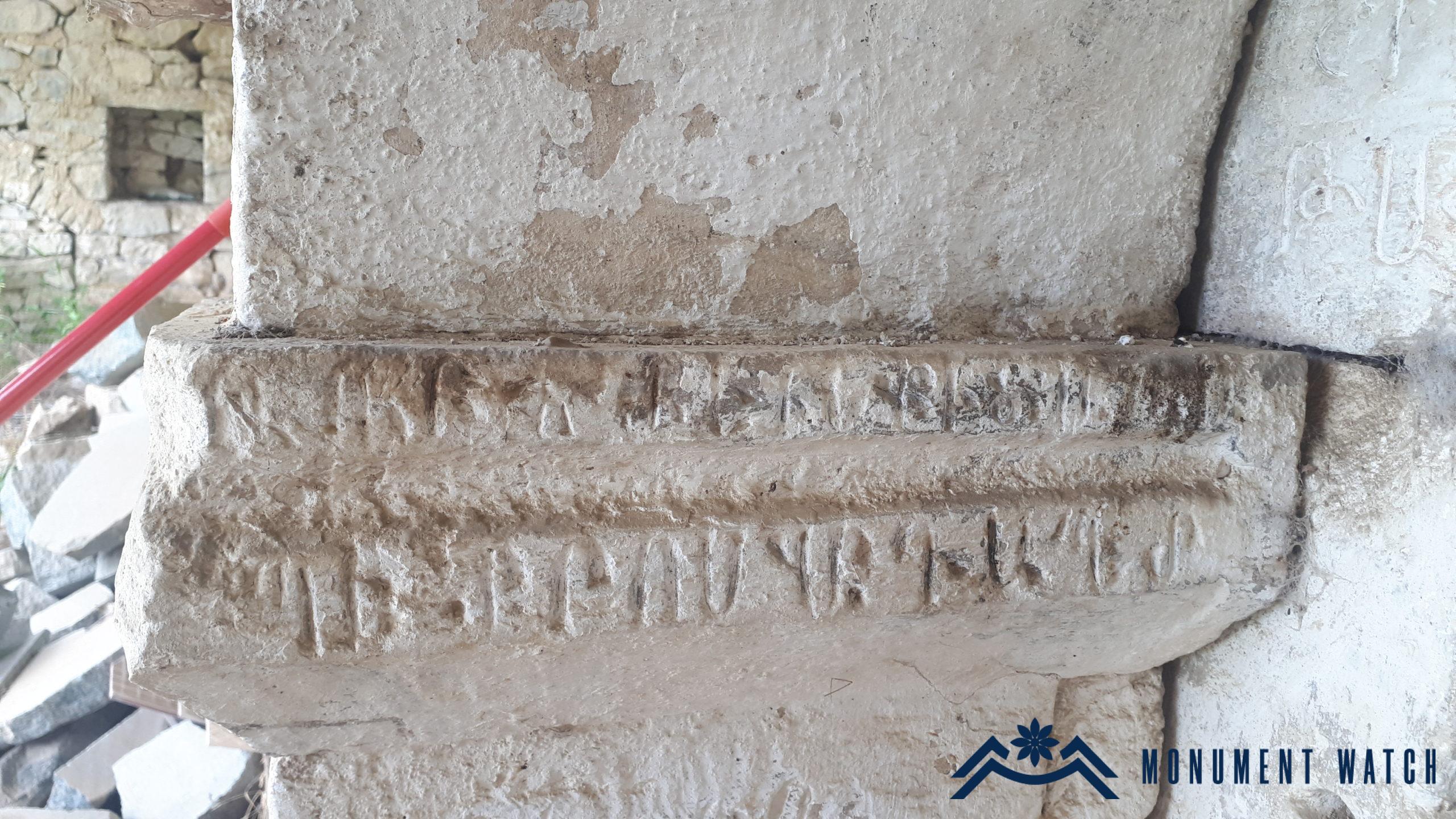
Fig. 5 The inscription on the southern side of the door of the hospice, 2020, photo by G. Budaghyan.
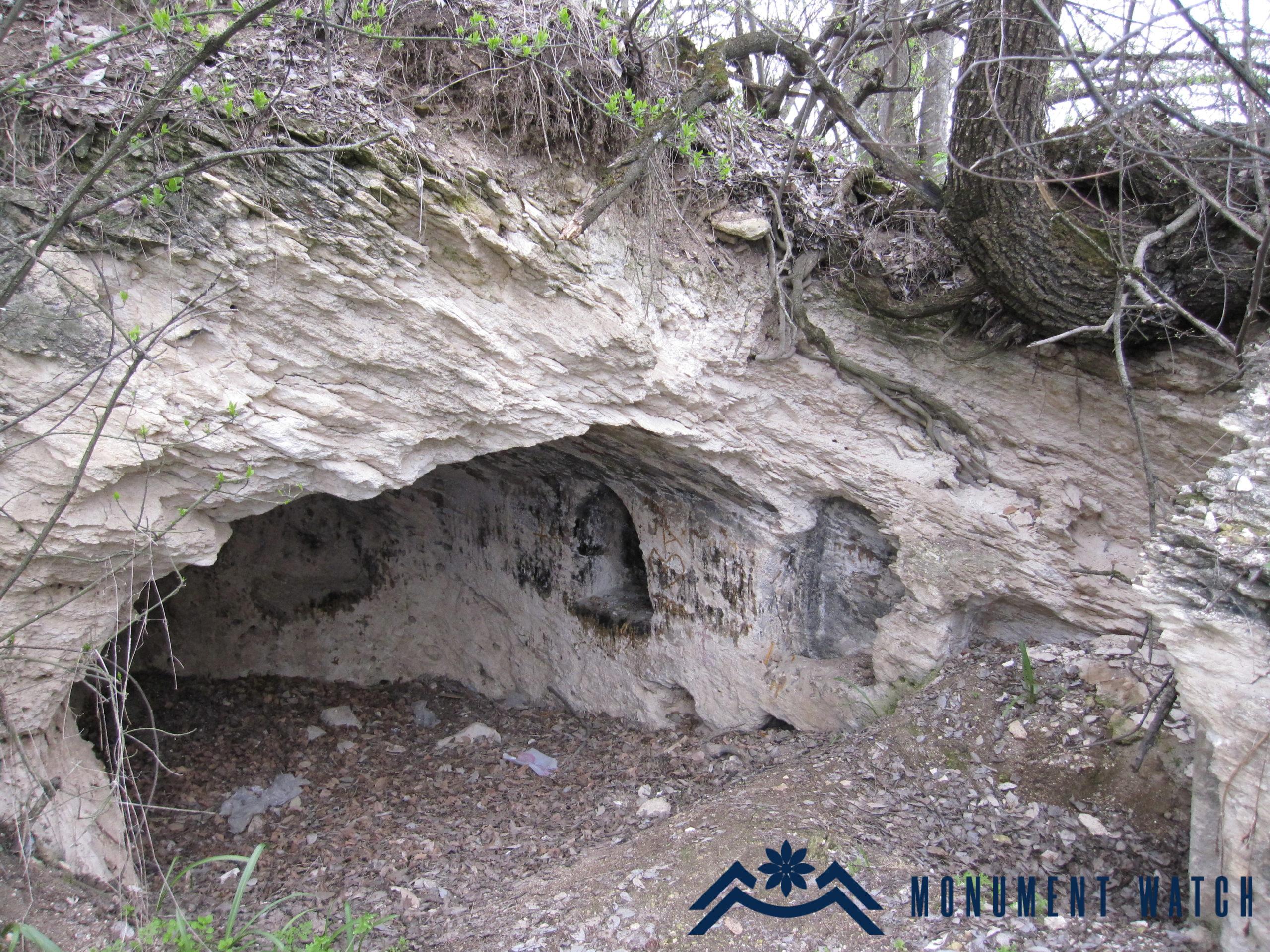
Fig. 6 One of the rock-cut cells, 2011, photo by G. Budaghyan.
Gravestones rich in inscriptions have been preserved in the cemetery. In particular, on the round gravestone in front of the khachkar embedded in the wall reads: “Here rests pious Asudar, who passed to Christ in the middle of the day, whoever reads ․․․”. On a gravestone to the north of the khachkar embedded in the wall: “Here rests pious Valijan, who in the middle of the day passed to Christ, who․․․ (the inscription is left incomplete) (Fig. 7). The commemorative inscription on the eastern facade of the gravestone reads: “I –Akhijan, son of Jalal, erected this cross for the salvation of the soul of my son Velijan, whoever worships, remember in your prayers to God Christ in the year of 1478” (Barkhutaryants 1895, 68). And the gravestone in neighborhood to the latter reads: “Here rests Khonabek – daughter of Akhijan, spouse of Konstantel and sister of Velijan․․․ in the year of 1502” (Voskyan 1953, 22).
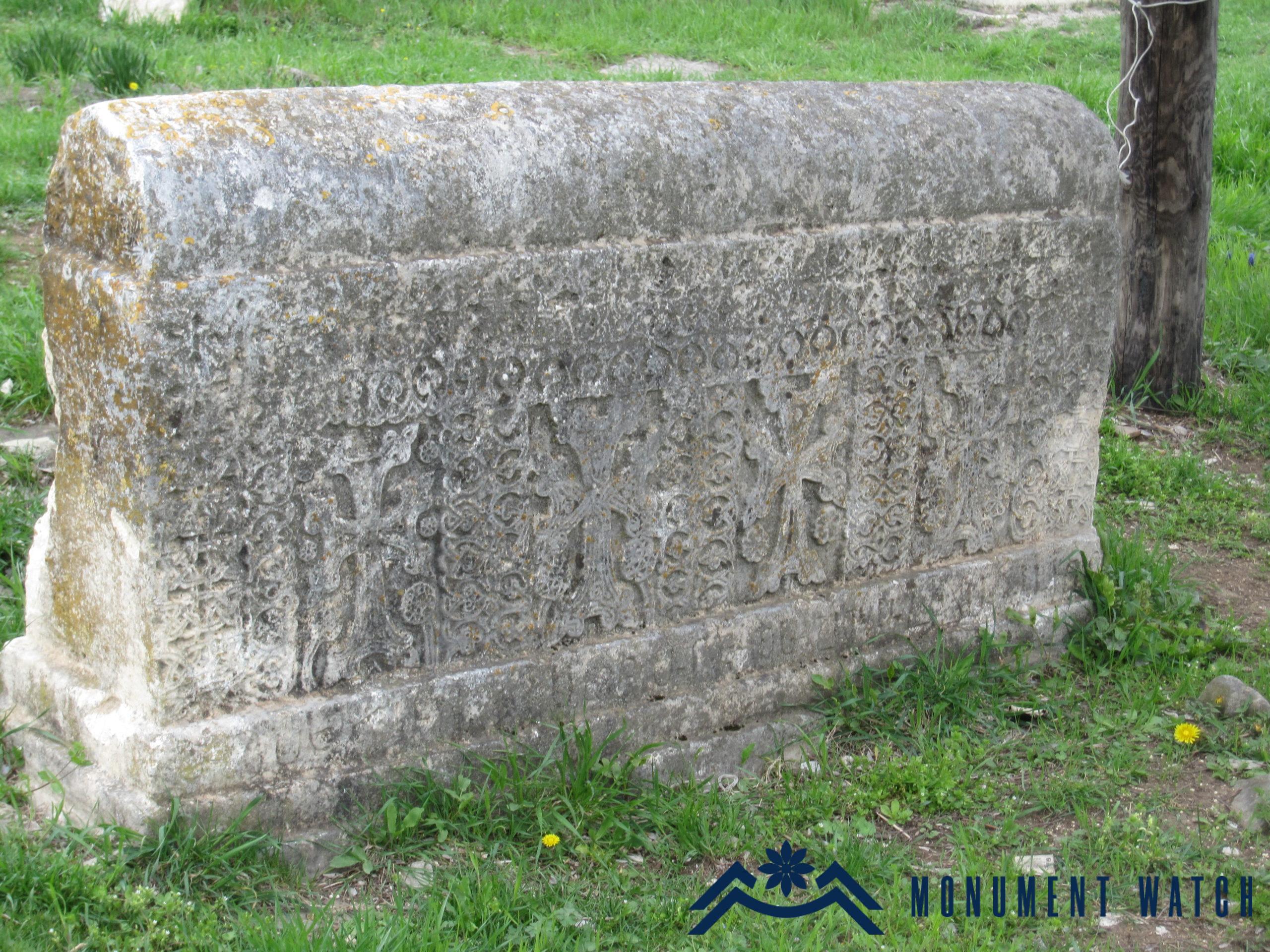
Fig. 7 A gravestone north of the khachkar embedded in the wall, 2011, photo by G. Budaghyan.
From the preserved inscriptions it is assumed that the monastery used to be an episcopal see, as the remains of several bishops are buried there.
Another gravestone has been preserved under the southern wall of the church: “1745. In this grave rests the body of great Archbishop Petros. He was the son of the great prince, the head of the knights of our province” (Fig. 8).
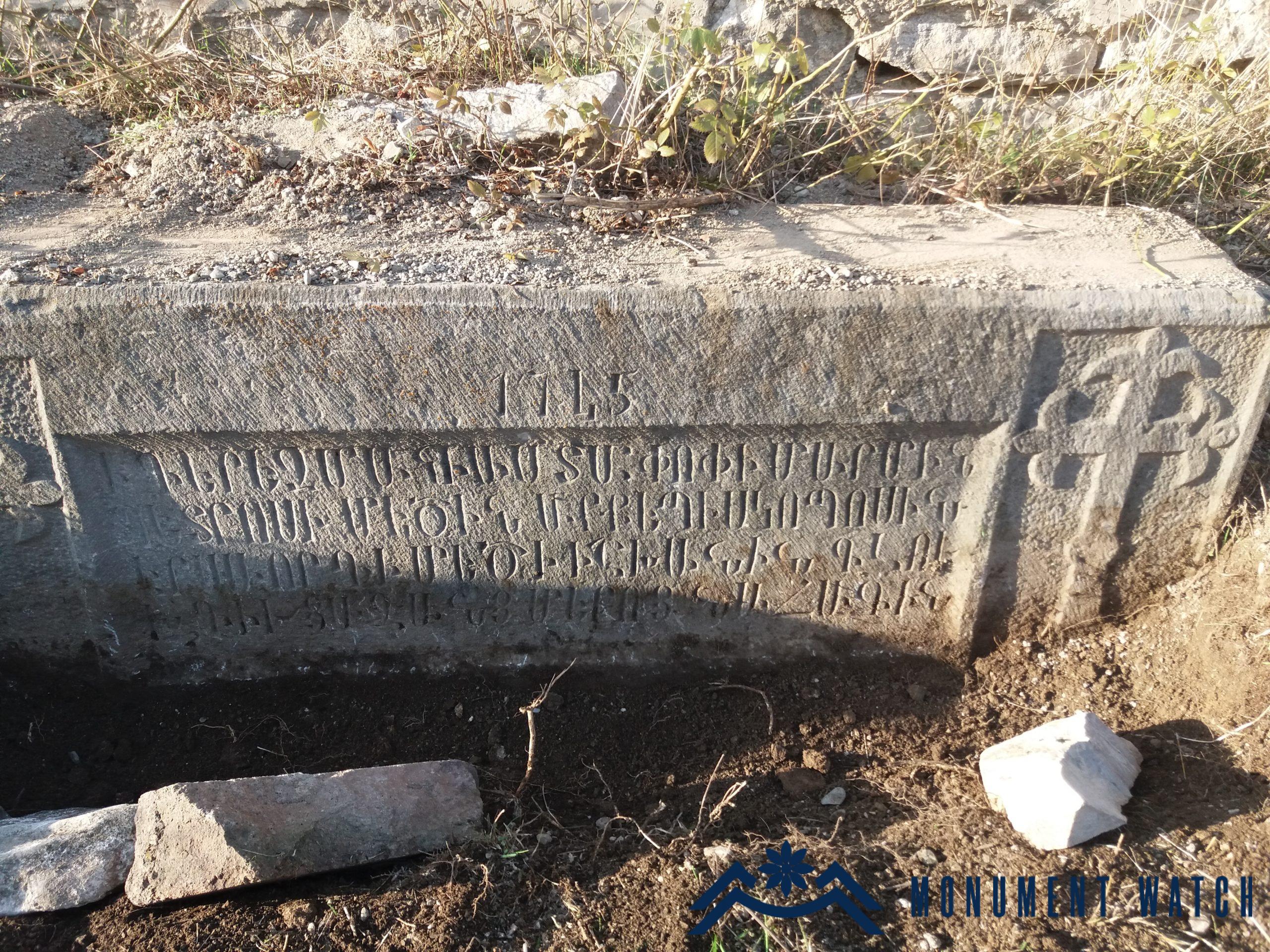
Fig. 8 A gravestone under the southern wall, 2017, photo by G. Budaghyan.
At the end of the 19th century, the monastery had a rather large land estate, about 25 tithes (Ararat 1896, 44).
The khachkar crowned with a gable cover and embedded in the wall has a special place in the territory of Spitak Khach monastery (Fig. 9).
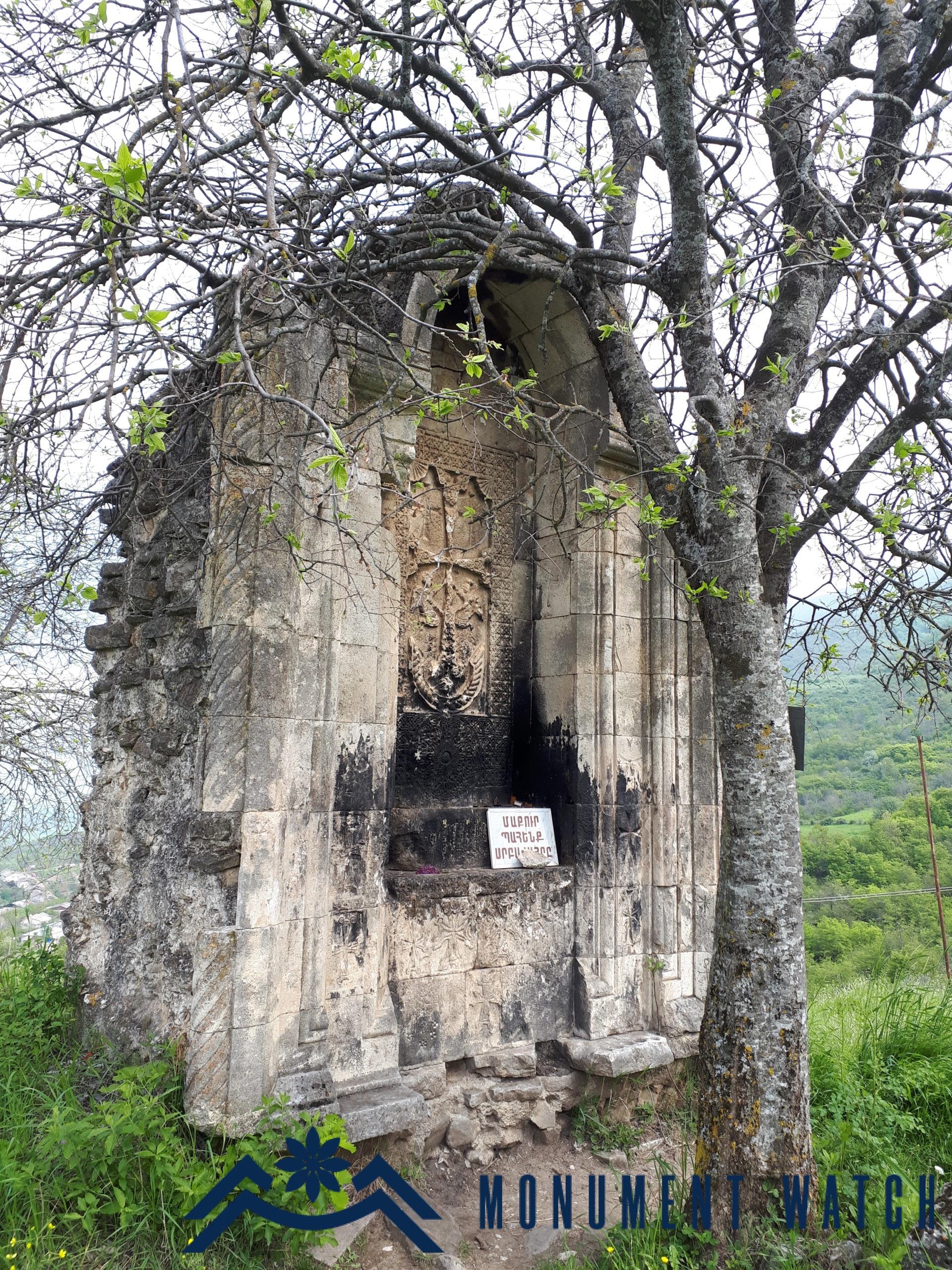
Fig. 9 The general view of the khachkar embedded in the wall, 2013, photo by G. Budaghyan.
The obelisk is 290 cm wide, 230 cm thick, about 4 m high. The khachkar is embedded in the western facade. The composition presents the theme “The Second Coming of the Cross”: the two angels bring the cross. This theme has been known in khachkar culture since the 12th century. Its classical renditions, which date back to the middle of the 13th century, are presented by the khachkars of Gtchavank not far from Spitak Khach (Petrosyan 2008, 155-157). The inscription of the erection of khachkar is engraved on the semiarch headstone of the obelisk: “I – Ajami, son of Ishkhan, erected this cross for the salvation of the soul of my son Asudara. Whoever reads, I beg to remember me in your holy prayers. In the year of 1346” (cf. Karapetyan 1983, 40).
The condition before, during and after the war
In August 2020, the renovation works of Spitak Khach monastery launched with the financial support of Russian resident Smbat Abrahamyan, but was ceased due to the hostilities that started in September. The monastery was not damaged during the 44-day military operations.
Bibliography
- Amirjanyan S., Dizak, Yerevan, 2006.
- Ararat 1986 – “Ararat”, 29, Etchmiadzin.
- Barkhutaryants 1895 – Barkhutaryans M., Artsakh, Baku.
- CAI 1982 – Corpus of Armenian Inscriptions, Release 5, Artsakh, compiled by S. Barkhudaryan, Yerevan.
- Karapetyan 1983 – “Etchmiadzin”, 16, Etchmiadzin.
- Mkrtchyan Sh․, Historical and architectural monuments of Nagorno Karabakh, Yerevan, 1980.
- Voskyan 1953 – Voskyan H․, The monasteries of Artsakh, Vienna.
- Petrosyan 2008 – Petrosyan H., Khachkar, Yerevan.
- Jalalyants 1858 – Jalalyants S․, Journey to Armenia Major, part 2, Tiflis.
Սպիտակ խաչ վանք
Արցախ
